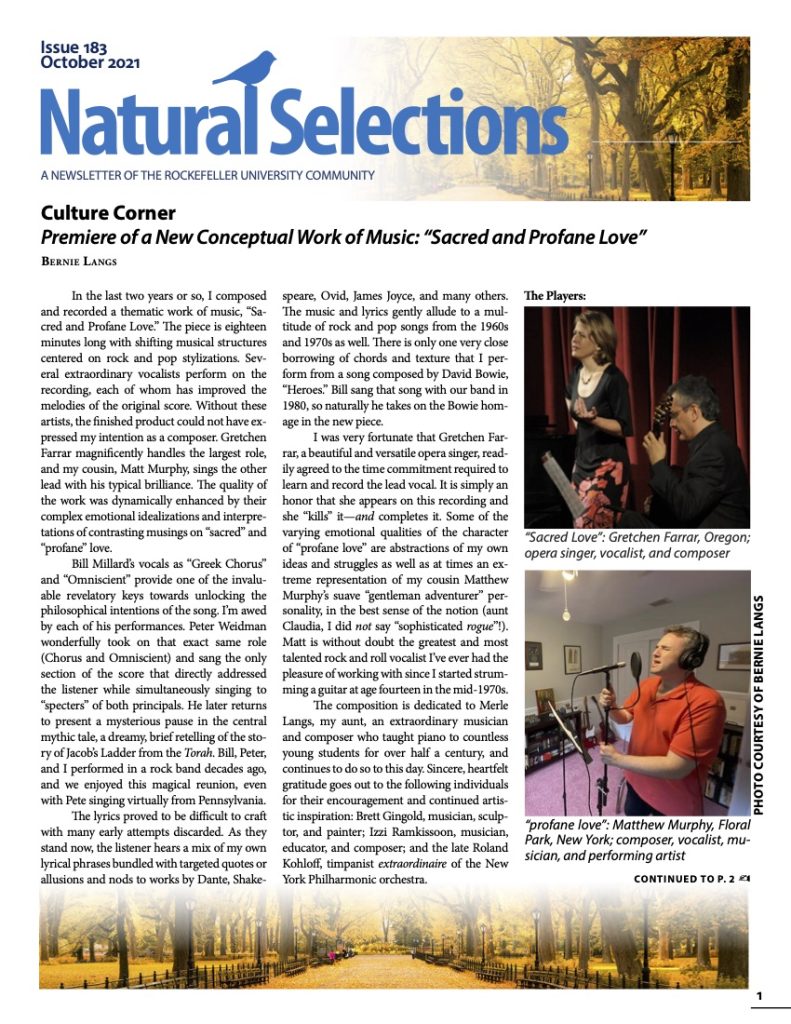by Bernie Langs
Having seen the previews, I decided to watch the first episode of the British-exported television series “Da Vinci’s Demons” with the idea in mind of writing a scathing review of the show for its comic book depiction of one of the world’s greatest geniuses, Leonardo da Vinci (1452-1519), hero of the Italian Renaissance. As I viewed the show, I became surprisingly engaged and found myself tuning in a week later for the second episode, which, though weaker than the premiere, held my interest enough for me to want to watch future episodes. That’s not to say the show isn’t ridiculous, cartoonish, and nothing like the times or the man it features. I currently don’t watch any television weekly series, so it’s quite a shock that I’m engaged with this one.
The show is the brainchild of David S. Goyer, who serves as its creator, writer, director, and executive producer. He is best known for working with director Christopher Nolan on the screenplay of the recent blockbuster “Batman” movies. Leonardo is playfully portrayed by Tom Riley. My initial anger at the premise of the show sprang from my sense that Leonardo da Vinci, once a real man of flesh and blood, doesn’t deserve to be exploited in the way that a fictional character like Sherlock Holmes has been—in other words, depicted as an action figure, as a genius with a racing mind who fights like a ninja and reacts with lightning quick reflexes, who is cursed for “seeing too much—seeing everything.” “Da Vinci’s Demons” works best when we are privy to the machinations of Leonardo’s mind, when he will see something and we are treated to his inner vision, graphically shown in the manner of what we know from the reproductions we’ve all viewed of the Master’s famous notebooks.
I decided to look over the short overview of the life of da Vinci written by Giorgio Vasari (1511-1574), who wrote biographies of Renaissance masters in his famous treatise, Lives of the Most Eminent Painters, Sculptors, and Architects. In the television series, da Vinci’s father is depicted as cruel and at odds with his son politically, but that was not the case according to Vasari. Vasari also notes about Leonardo that “often when passing by the places where they sold birds he would take them out of their cages, and paying the price that was asked for them, would let them fly away into the air, restoring to them their lost liberty.” In the Starz series, Leonardo buys a cage full of birds, releases them immediately, and in the best moment of the first episode, watches them with superhuman power to learn about their method of flight as the cameras capture the birds in glorious slow motion and we are treated again to da Vinci’s schematizations of flying. A scene where he tests his flying device on an unwitting assistant is less successful in action and humor.
The show’s action tends to center on absurd conspiracies and plots, much of which pits the ruling Florentine Medici family against the Pope in the quest for a mystic “Book of Leaves.” There is also absurd dialogue between da Vinci and his spying lover, who utters an obscenity in bed with Leonardo as ridiculous as Anne Baxter’s line to Charlton Heston in the 1950s film, “The Ten Commandments,” when she bemoans her frustration by uttering, “Oh, Moses, Moses, Moses.” But we are also treated in the show to see da Vinci rattle off a sketch of the young woman, quite in Renaissance style except that he would have done her in profile and not three quarters view. At least they make Leonardo left-handed and maintain his famous scribble.
Many years ago I read Kenneth Clark’s famous biography of da Vinci and I took many months to read Clark’s multi-volume work of detailed analysis of every single sheet from da Vinci’s notebooks in the collection of Her Majesty the Queen of England. I found this an exciting venture, but I realize that perhaps a dry television series on the real da Vinci wouldn’t really be all that great. So we’ve got what we’ve got and “Da Vinci’s Demons” is much better than the usual fare that passes as television series entertainment these days outside of some of those on HBO such as “The Sopranos.” I told my teenage daughter that the mainstream series she watches really seem unimaginative and formulaic. “When I was a kid,” I chided, “we had a talking horse!”
June 2013

